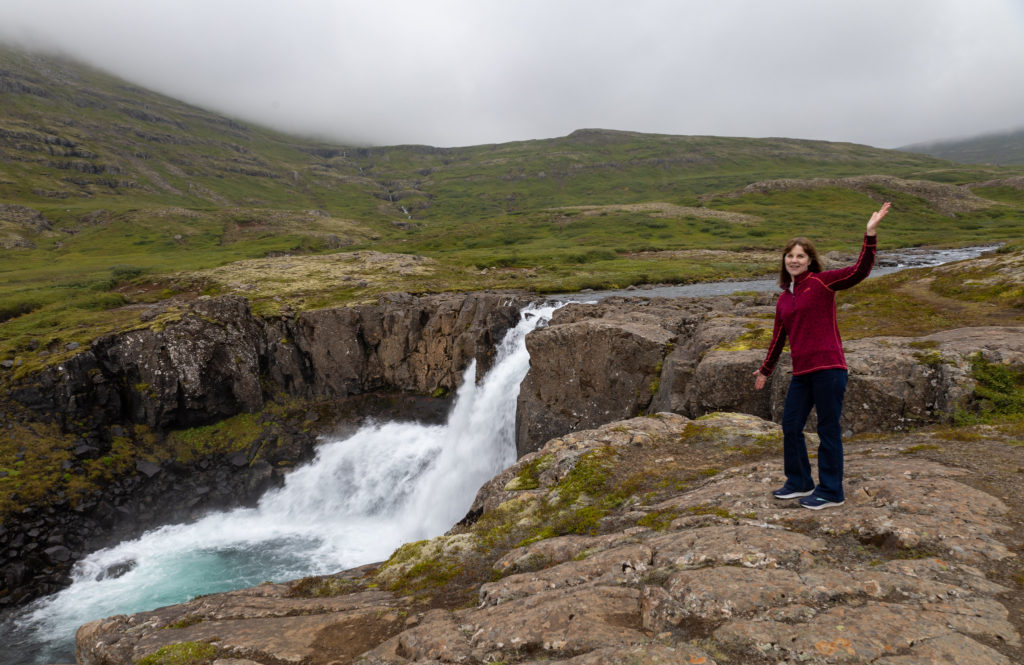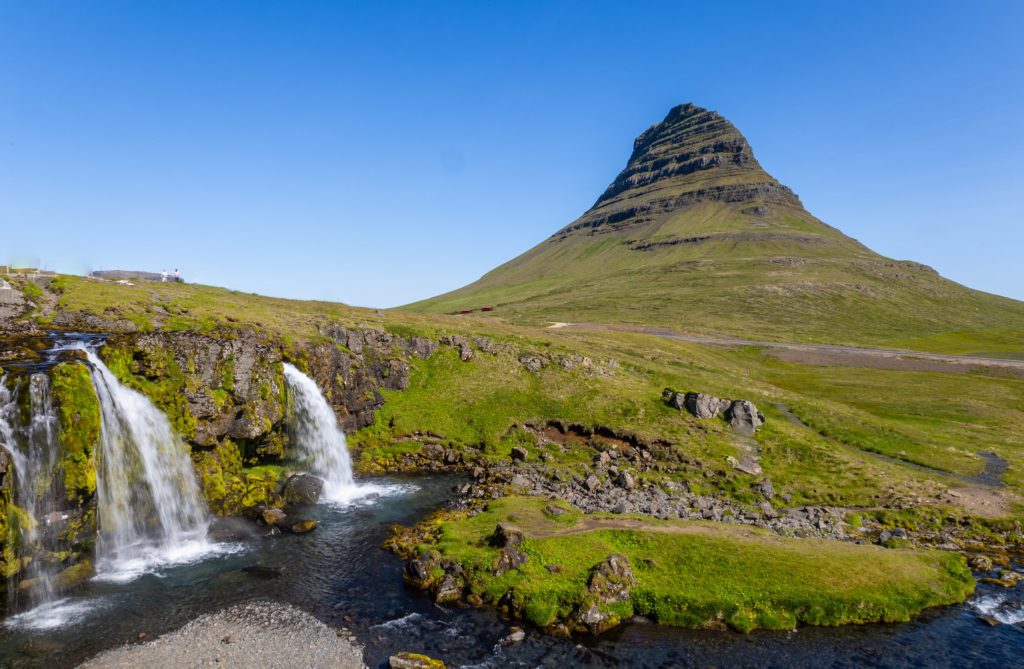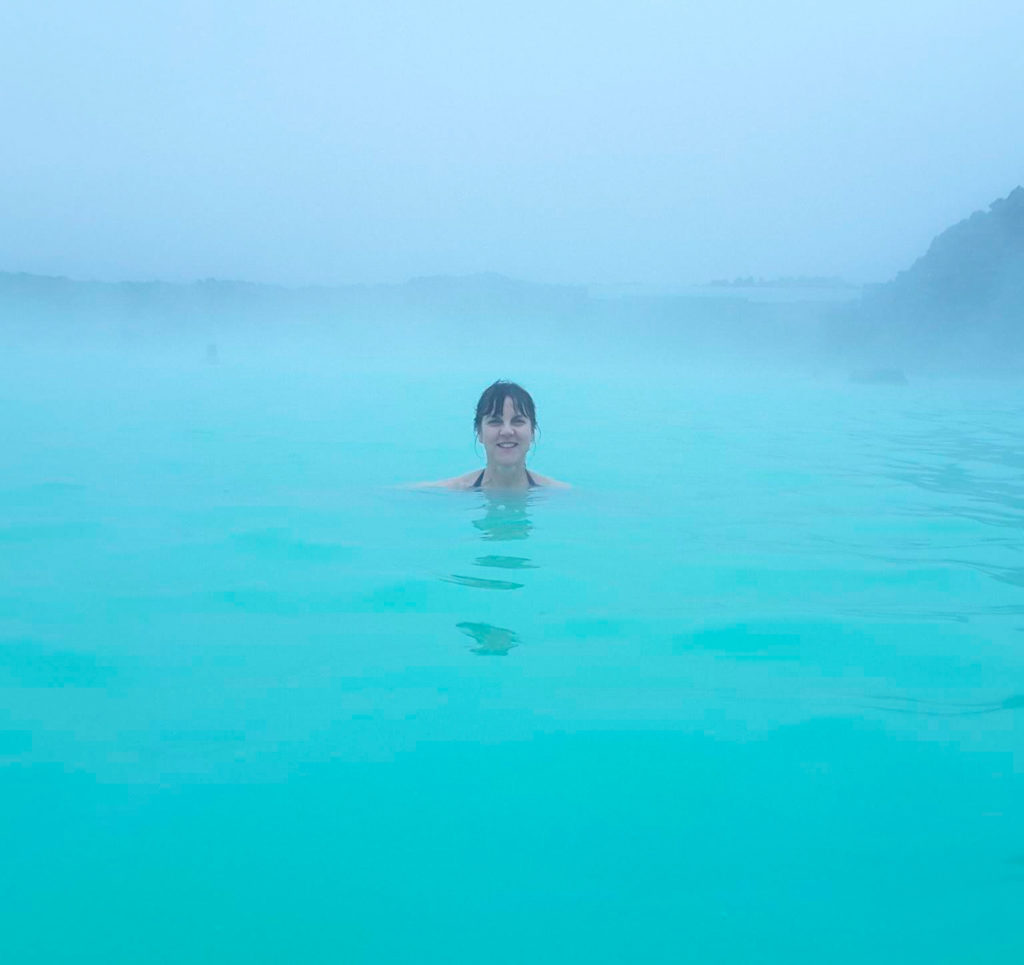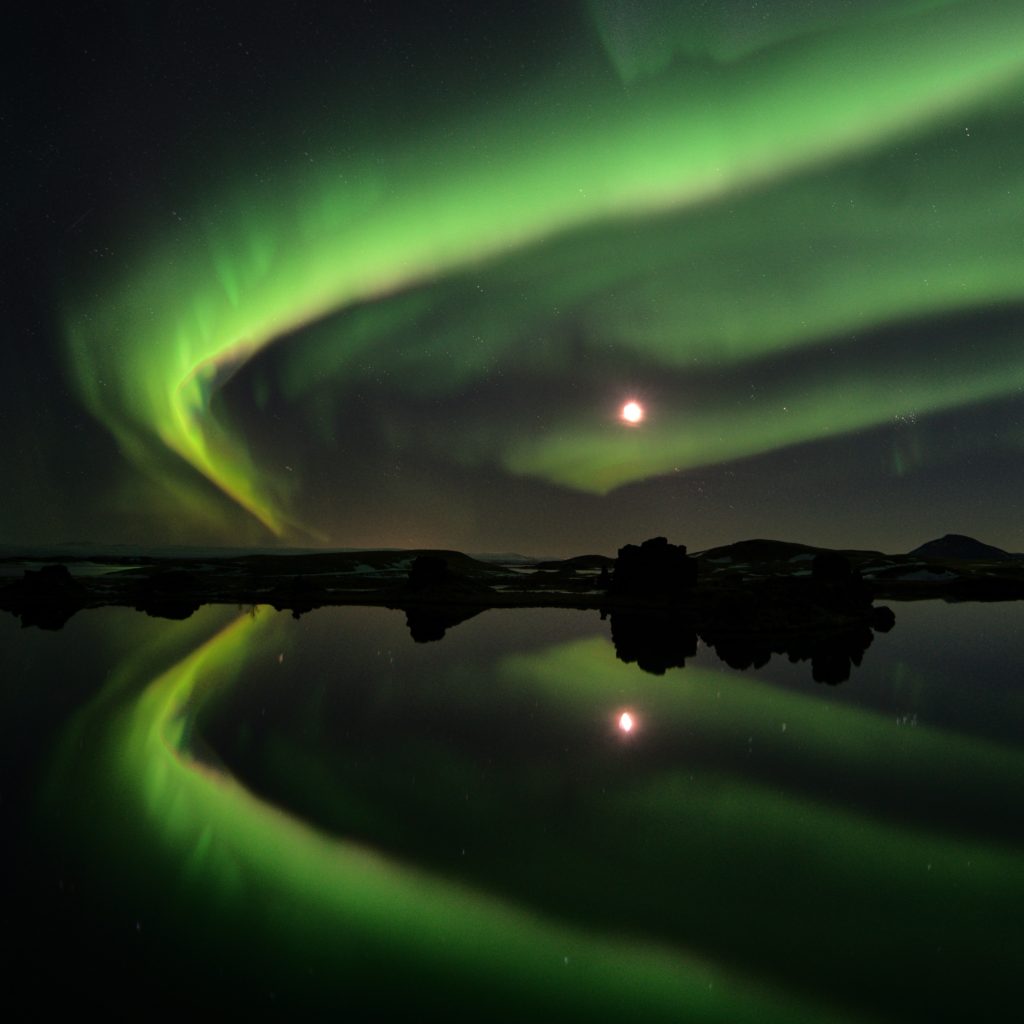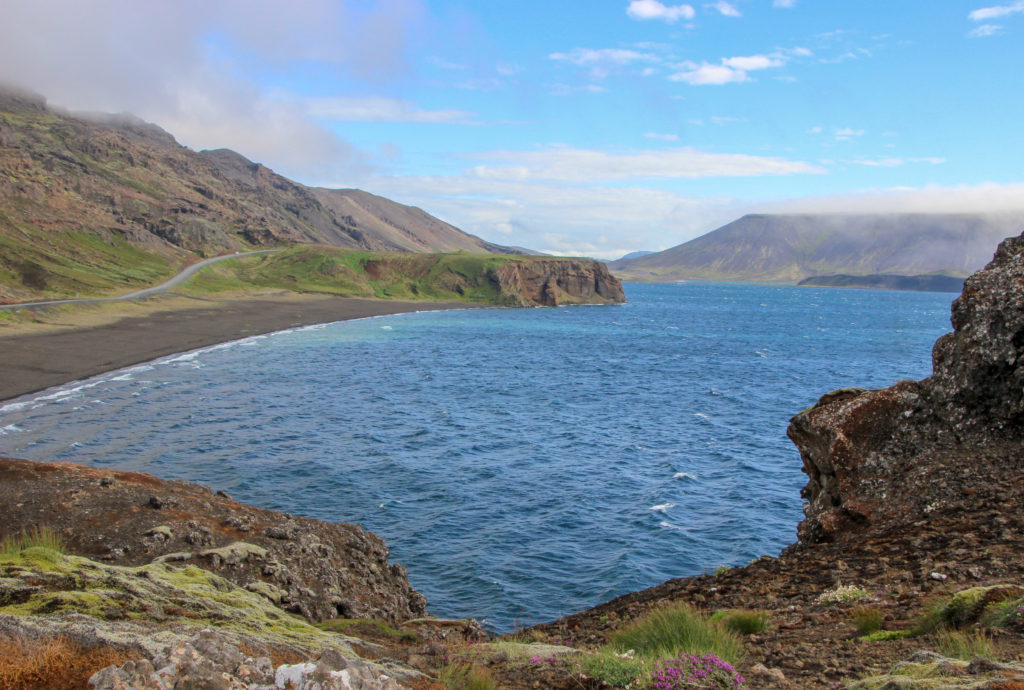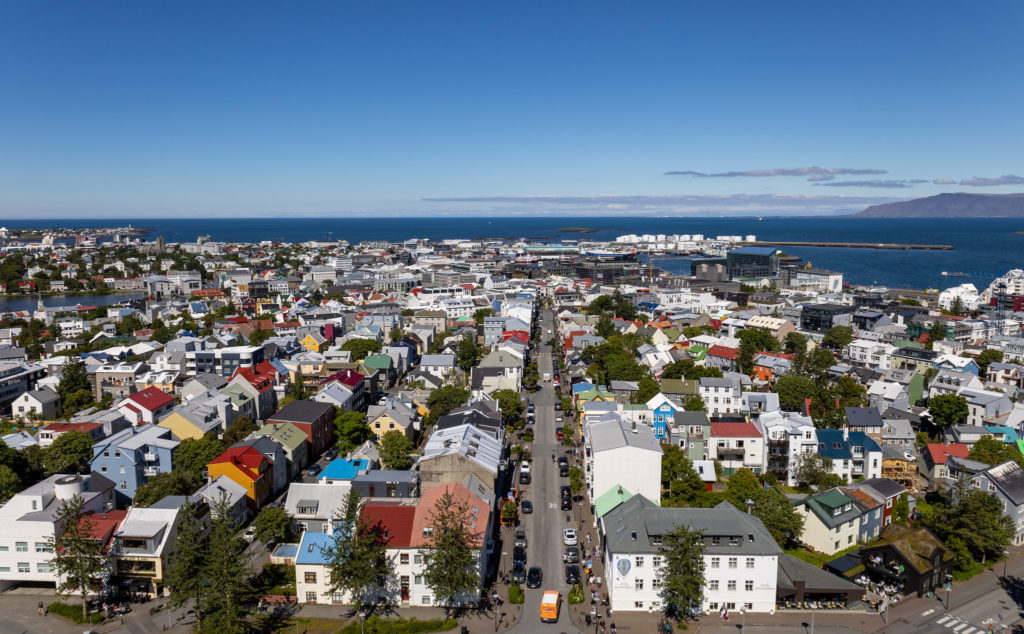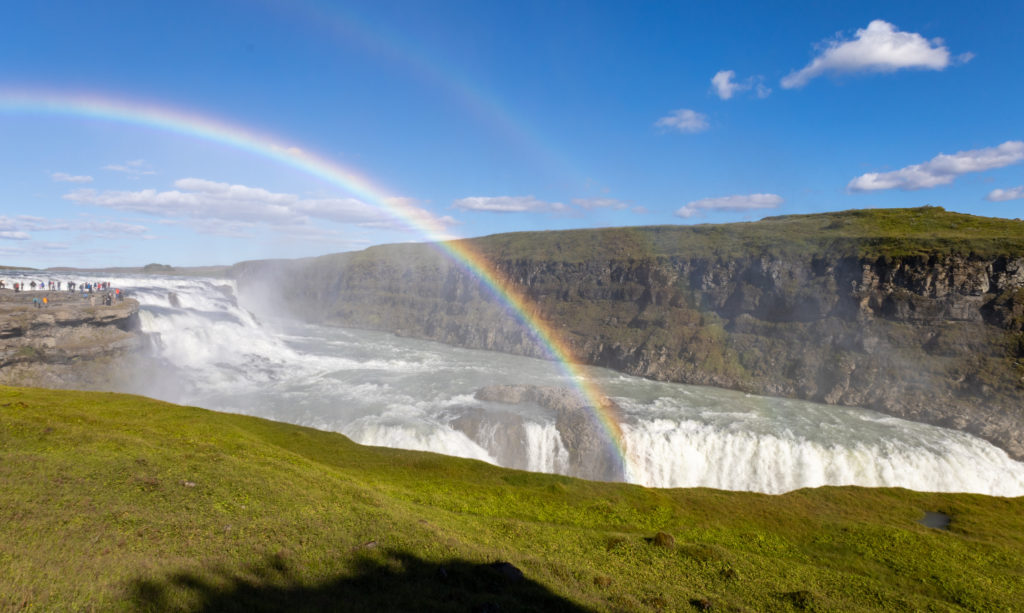
About Iceland
Iceland is a geothermal hotspot with many volcanoes, such as, Hekla, Eldgjá, Herðubreið & Eldfell. It lies on the mid-Atlantic Ridge, where the North American and Eurasian tectonic plates meet. In other words, Iceland is like a bridge between 2 continents. Iceland also has many geysers, including the famous Strokkur, which erupts every 8–10 minutes. The geothermal and hydropower provide all of Iceland’s electricity and about 85% of the total energy consumption. Tourism is the largest industry in Iceland, and it’s one of the most tourist-dependent countries on earth. So, I love supporting this industry with my tourism and Iceland Travel Guides below.
A wonderful way to explore Iceland is by the Ring Road or Route 1. This road encircles Iceland and connects with most the major towns and attractions. It’s approximately 1,332 km or 830 miles long.
Iceland’s climate is subarctic, with the North Atlantic Current keeping temperatures higher than most places at the same latitude. Moreover, the coasts remain ice-free in the winter months, with more snowfall in the north than south. Overall, the temperatures remain in the daytime highs of 30’s in the winter and 50’s in the summer. Reykjavik is the capital with about 150,000 people. The population of the entire island is about 350,000.
Iceland has three national Parks. Þingvellir National Park is just 45 minutes from Reykjavik, where the continental rift zones exist for the North American and Eurasian plates. It has lava gorges and a 10 km wide rift valley. Also, the Icelandic parliament was founded there in 930. Snæfellsjökull National Park is in the western part of the country. It is the only park that reaches the shoreline and holds the maritime history of Iceland since the time of settlement in Medieval times. Vatnajökull National Park is one of the largest national parks in Europe and includes Europe’s largest glacier, Vatnajökull.
Iceland Travel Guides
Scenic Seydisfjordur, Iceland Highlights – Blue Church, Waterfalls, Fjords & Wildflowers
Nestled in its own fjord of the same name, Seydisfjordur is off the beaten path in eastern Iceland. It’s considered one of the most picturesque towns…
Incredible Grundarfjordur Highlights – Iceland’s Most Photographed Area & Filmed in Game of Thrones
With all the dramatic landscapes of Iceland, it says a lot to be the most photographed area on the island. Also, Grundarfjordur is a setting for…
Ultimate Iceland Itinerary – Golden Circle Tour & Horseshow
The dramatic Iceland’s Golden Circle highlights is a must-see itinerary for first timers. This geothermal epicenter is where the Eurasian and North American plates meet. It…
Iceland’s Healing Blue Lagoon Highlights for a Spa Day
The Blue Lagoon is one of Iceland’s most popular destinations, known for its healing wonders. Nestled in the black lava fields near Reykjavik, this geothermal spa…
Amazing Akureyri Travel Guide – Capital of Northern Iceland
Northern Iceland takes you off the beaten path of the southwestern Reykjavik area. Plus, it’s closer to the Arctic Circle, that can be explored by either…
Iceland’s Otherworldly Reykjanes Geopark – Top Hotspots to See
Exploring Iceland’s Reykjanes Geopark hotspots takes you on an otherworldly journey. It displays superlative volcanic and geothermal activity, as the only place in the world, where…
Picturesque Reykjavik, Iceland Travel Guide and Highlights
Iceland’s capital city is like an outdoor museum with lots of street art, murals, architecture and sculptures. As a tourism hub, it offers much to see…
Icelandic Thunder Bread – A Delicious, Sweet Rye Bread Geothermally Cooked
This Icelandic Thunder Bread Recipe honors a unique tradition, from this part of the world. When I toured Iceland, I experienced this delicious bread for the…

